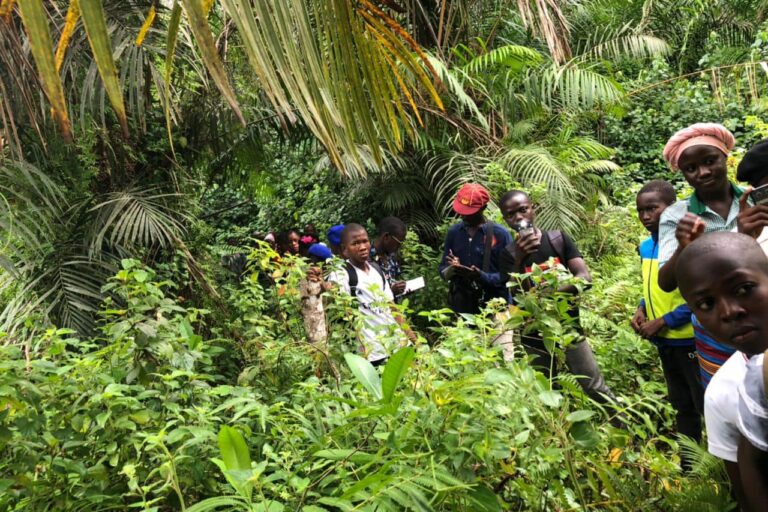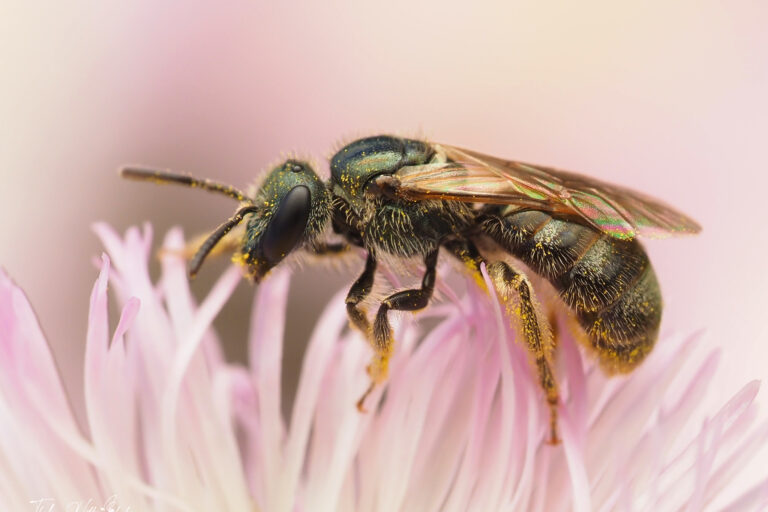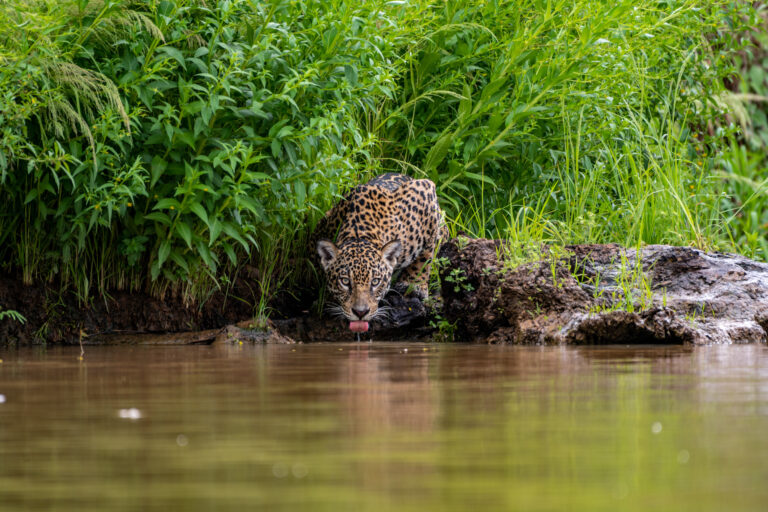- Fall armyworm (Spodoptera frugiperda) is an invasive agricultural pest, which first hit West Africa in 2016 and quickly spread across the continent.
- Experts have now found that the pest’s impact on maize yields is no longer as severe as initially feared.
- An integrated pest management approach, prioritizing nontoxic control measures, is the best way to tackle the infestation, improve yields and protect human health, according to experts.
In 2016, an infestation of fall armyworms hit a vast swath of Africa, alarming farmers and governments. Eight years on, experts say that crop losses from the agricultural pest are less severe than initially feared. A key lesson learned is that an agroecological approach to pest control — and not the indiscriminate use of pesticides — is the best option for limiting damage, according to a recent guide by the Center for Tropical Forest Research and World Agroforestry (CIFOR-ICRAF).
A type of moth, the fall armyworm (Spodoptera frugiperda) came from the Americas and feeds on a wide variety of crops, including maize and rice. Populations can swell and spread incredibly quickly: female moths lay more than 1,500 eggs during their three-week life span, and a single moth can fly more than 100 kilometers (60 miles) in a single day. Fall armyworms arrived in West Africa in 2016, then spread quickly throughout the sub-Saharan region and into the Middle East, Asia and Australia.
In Africa, fall armyworm mostly endangers maize, a staple for many smallholder farmers. The first signs of an infestation are transparent patches on young leaves. As the plant grows, the developing caterpillars move inside the whorls, excreting a yellow-brown frass as they feed. Eventually they attack the maize ear.
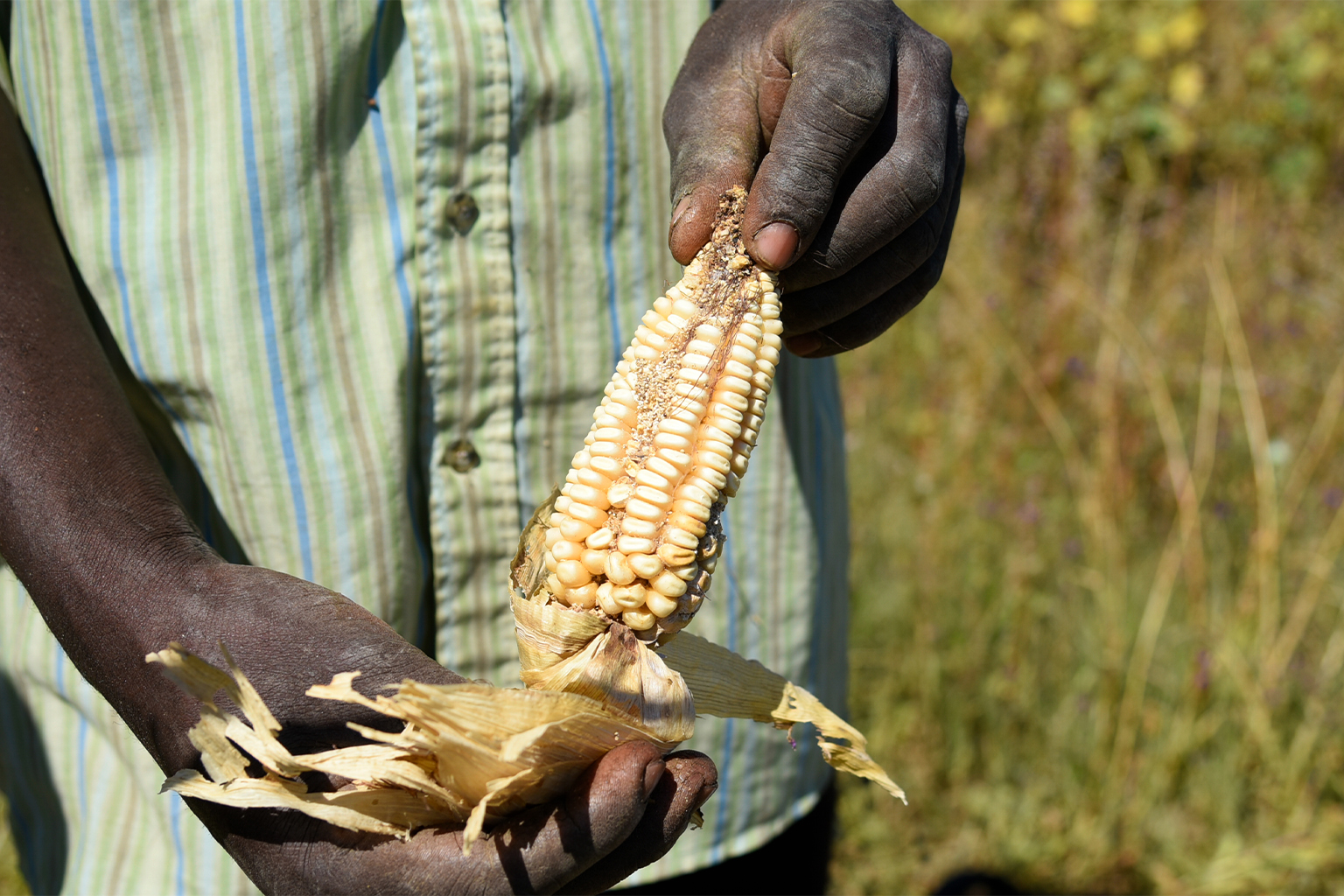

Initially, many governments spent millions on pesticides to stave off disaster. But these pesticides were often highly toxic, not specifically formulated for fall armyworm, and often applied at incorrect dosages or without protective equipment, thus endangering both ecosystems and human health.
However, more recent research shows that the infestation wasn’t as catastrophic as was initially feared. A two-year field study across 12 landscapes in Zambia and Malawi found that when pesticides weren’t used, the impact of fall armyworm on maize yields was negligible, according to a 2022 Journal of Economic Entomology study.
“In almost all fields, the levels of damage [to yields] were sufficiently low that they could be ignored by the farmers,” said study author Rhett Harrison, a landscape ecologist at CIFOR-ICRAF, which has headquarters in Kenya and Indonesia.
Harrison said some of the earlier assessments of crop losses relied on self-reporting by farmers. Because the fall armyworm was new, and the sight of a field full of shredded leaves is alarming — especially compared to the less visible damage wrought by common pests like stem borers — farmers may have overestimated the problem. Maize is a hardy crop; even very extensive leaf damage by fall armyworm only results in a slight yield loss, according to another study in PLOS ONE.
It’s also likely that the kind of severe outbreaks seen early on declined as bats, wasps and other native predators became better at targeting fall armyworms. This is a natural process: initially, an invasive pest runs amok, but once resident predators realize there’s a new, and plentiful, source of food around, they start to eat the pest more intensively, potentially keeping its population in check.
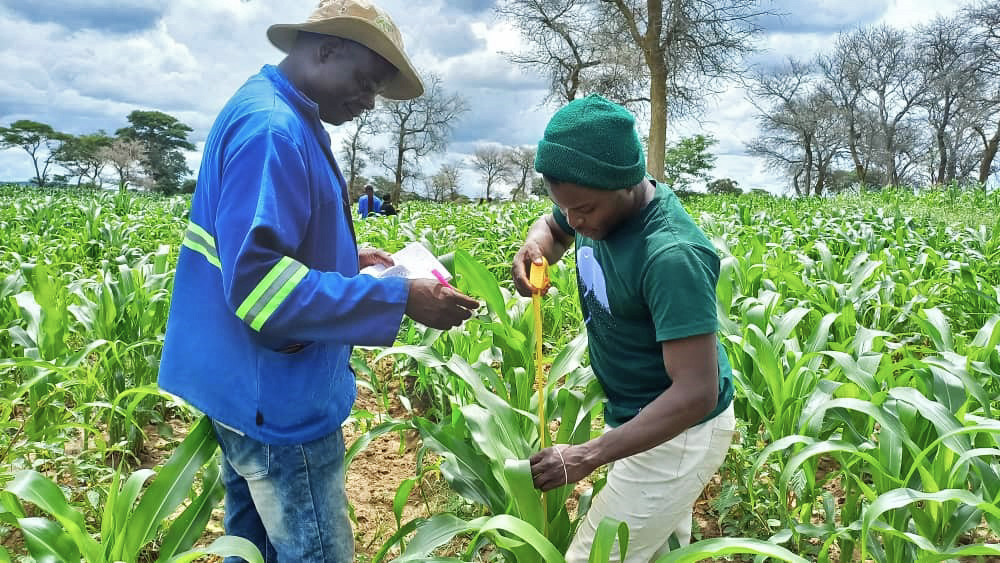
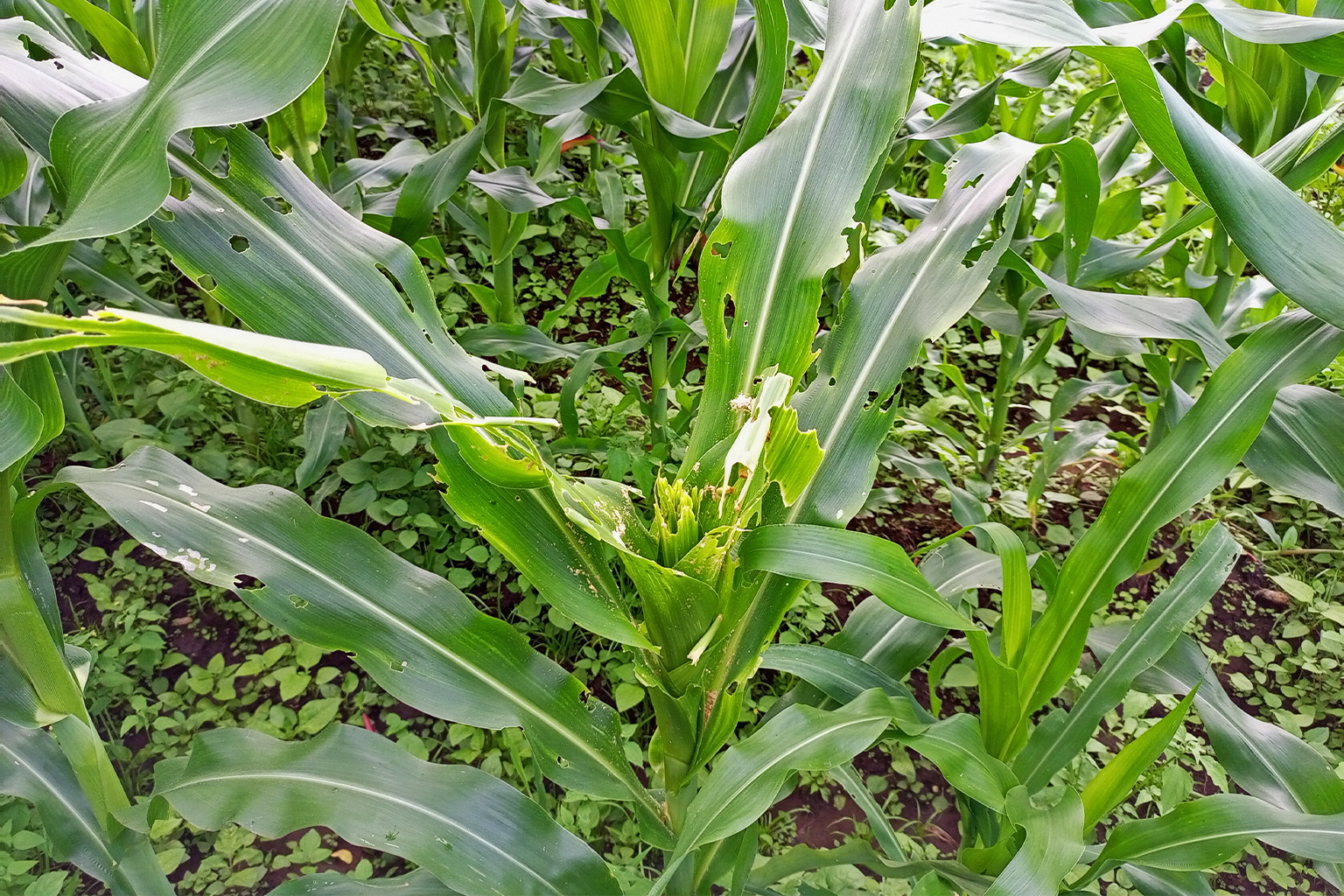
Ironically, the knee-jerk reaction of applying highly toxic pesticides can actually interrupt this natural process.
“Often the impact [of these pesticides] on natural enemies is much worse than the impact on the pest itself,” Harrison said. “Especially with a pest like fall armyworm because of its behavior of hiding in the whorl, a lot of the individuals don’t actually get hit by a contact pesticide. It’s a kind of self-defeating exercise.”
That’s where integrated pest management, grounded in the principles of agroecology, comes in.
Farmers can help control outbreaks by making sure there’s habitat for natural predators, for example by conserving patches of native vegetation and using mulch, according to the CIFOR-ICRAF guide and other experts. Healthy maize is also more resilient; farmers can use agroecological practices such as applying compost or manure and intercropping to increase soil fertility.
“When the soil is fertile, [the plant] has nutrients … [it] can resist and recover from an infestation,” said Ivan Rwomushana, a senior scientist in invasive species management at the U.K.-based Centre for Agriculture and Bioscience International (CABI), an organization also working on helping farmers manage fall armyworm
There are also a slew of low-cost but labor-intensive fall armyworm control options such as picking the caterpillars off leaves, putting soil inside the maize whorl to irritate the caterpillar, even filling the whorl with fish soup to attract natural predators, among others.
However, fall armyworm outbreaks can become more severe in some areas or years, experts say. For example, one risk factor is the cultivation of irrigated winter maize, which allows fall armyworm populations to build up year-round. Outbreaks also tend to be worse when the rains aren’t steady; rain can wash away or drown the caterpillars, and plants aren’t as healthy in drier years and so can’t recover from damage as easily.
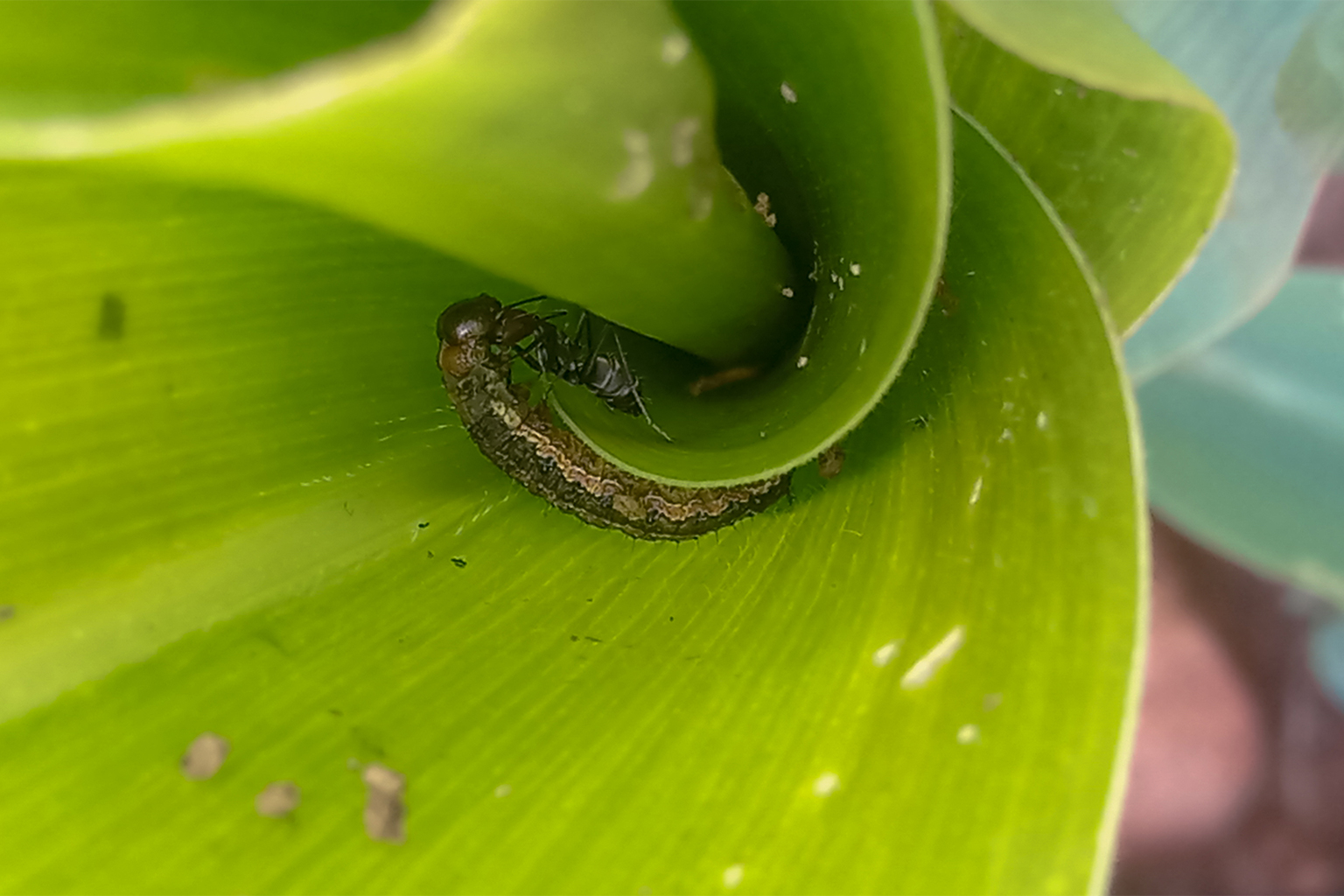
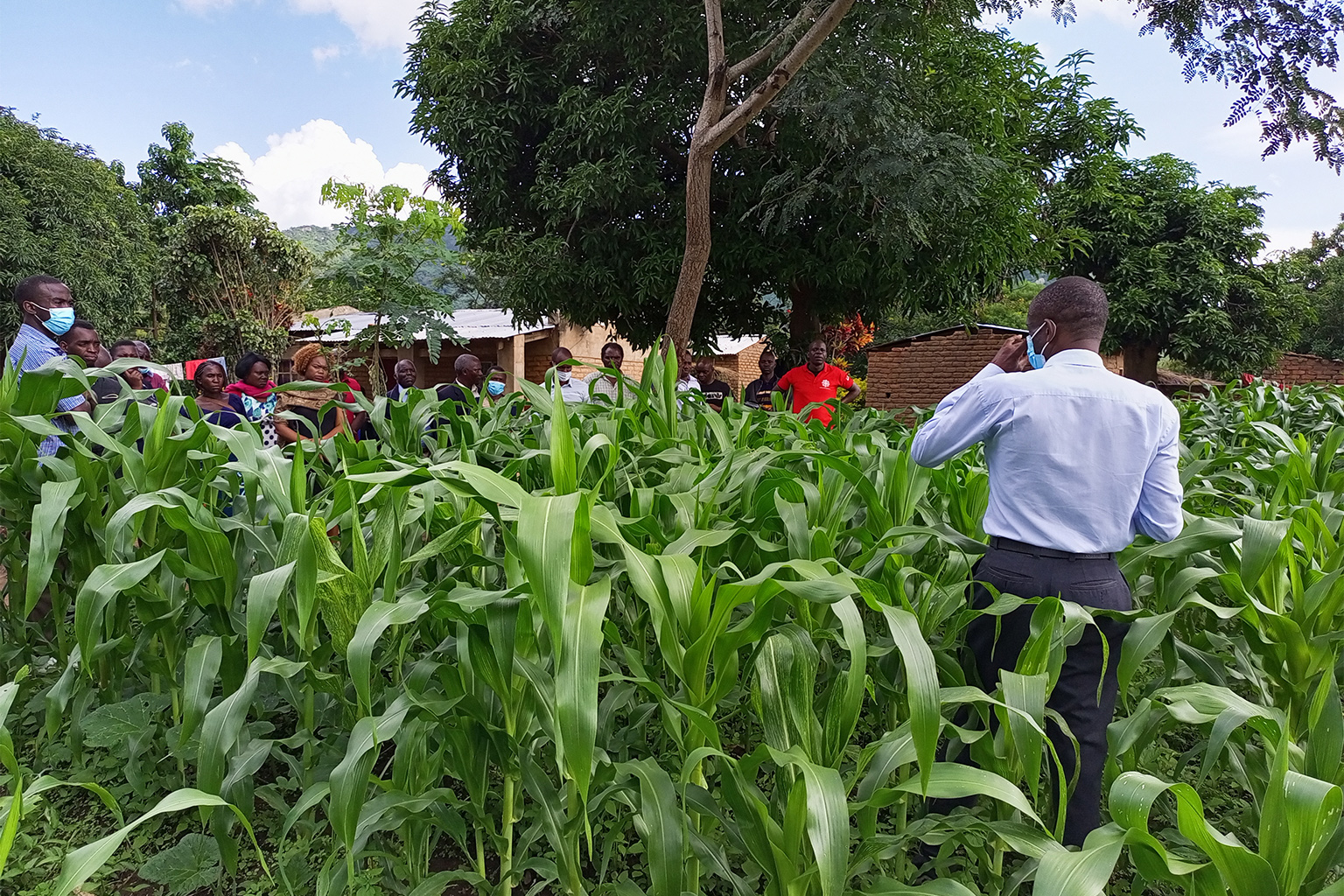
If the problem is getting out of hand, farmers can resort to sprays from extracts of neem (Azadirachta indica) and other plants, which serve as a repellent and can sometimes be more effective than synthetic pesticides, according to a 2019 Insects study.
There’s also been progress with biological control agents based on viruses, fungi or parasitoids. These include a baculovirus biopesticide called Fawligen, which was recently licensed in Kenya. Rwomushana said the benefit of this virus-based pesticide is that farmers can buy and apply the product at the beginning of the infestation. Then, by collecting the dead caterpillars and crushing them up with water, farmers can make their own low-cost, virus-laden spray. The virus specifically infects fall armyworm, so it doesn’t pose a wider risk.
And while fall armyworm is a serious problem that shouldn’t be ignored, it’s not the only problem.
“The investment in these smallholder farmers should be on improving their farming systems and getting their yields up,” Harrison said. “And this pest is part of the system but it’s not the main problem in the system.”
Banner image: Noman Masondo, a farmer in Chirundu District of Zambia, implements effective agroecological methods to cultivate his maize crop sustainably, Zambia. Image by Lydia Amanzi / CIFOR-ICRAF.
Fighting Africa’s fall armyworm invasion with radio shows and phone apps
Citations:
Chisonga, C., Chipabika, G., Sohati, P. H., & Harrison, R. D. (2023). Understanding the impact of fall armyworm (Spodoptera frugiperda J. E. Smith) leaf damage on maize yields. PLOS ONE, 18(6), e0279138. doi:10.1371/journal.pone.0279138
Harrison, R., Banda, J., Chipabika, G., Chisonga, C., Katema, C., Mabote Ndalamei, D., … Tembo, H. (2022). Low impact of fall armyworm (Spodoptera frugiperda Smith) (Lepidoptera: Noctuidae) across smallholder fields in Malawi and Zambia. Journal of Economic Entomology, 115(6), 1783-1789. doi:10.1093/jee/toac113
Sisay, B., Tefera, T., Wakgari, M., Ayalew, G., & Mendesil, E. (2019). The efficacy of selected synthetic insecticides and botanicals against fall armyworm, Spodoptera frugiperda, in maize. Insects, 10(2), 45. doi:10.3390/insects10020045








